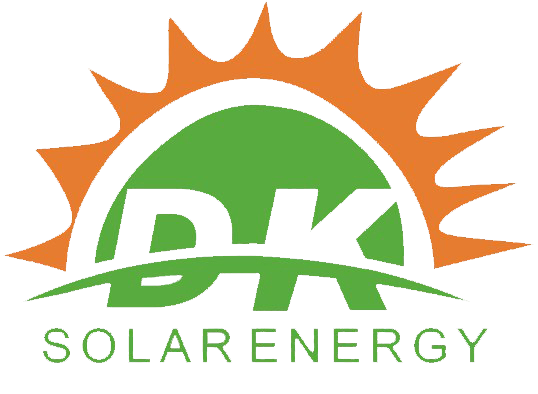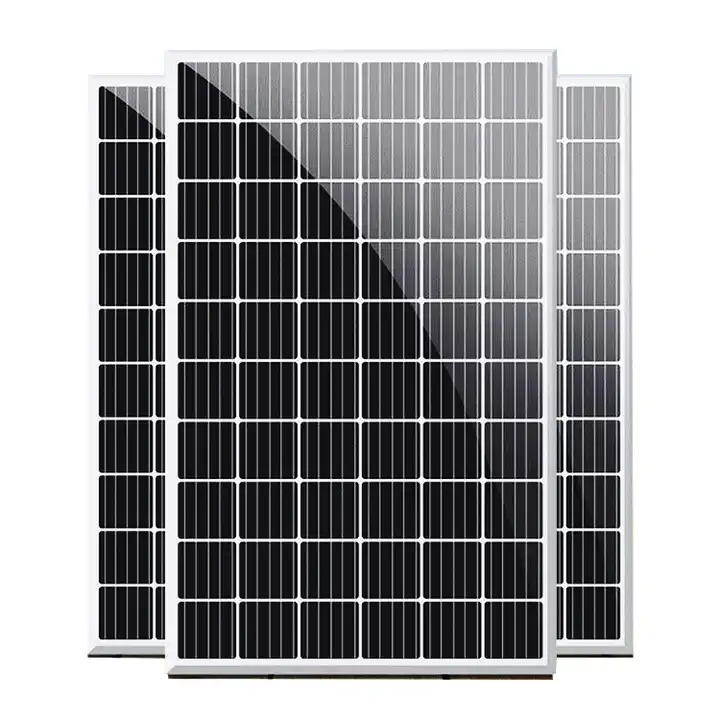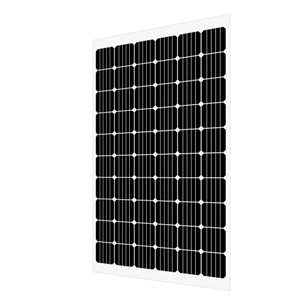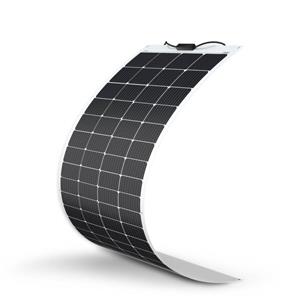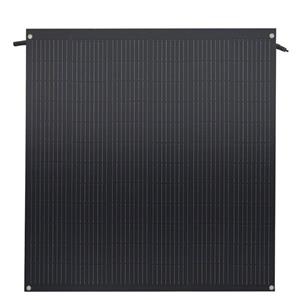-
2703-2025
Analysis of Light Transmittance Technology and Application Trends in BIPV Solar Modules (2025)
Light transmittance serves as the critical differentiator between BIPV (Building-Integrated Photovoltaics) and conventional PV modules, directly governing the tripartite balance of architectural daylighting, aesthetic integration, and power generation efficiency. By 2025, cutting-edge technologies enable fully customizable transmittance (10%-70%), tailored to diverse application scenarios.
-
0503-2025
Solar Roof Development: A Bright Future for Sustainable Energy
In recent years, the solar roof industry has witnessed remarkable growth, driven by advancements in technology, increasing environmental awareness, and supportive government policies. Solar roofs, which integrate photovoltaic (PV) panels into roofing materials, are revolutionizing the way we generate electricity while providing a sustainable solution to energy consumption.
-
0212-2024
Solar PV modules,its new materials bring new hope !
Perovskite is A material with a unique crystal structure, originally found in natural minerals, and now generally refers to a class of compounds with the structure of ABX3, where A is usually an organic cation, B is a metal ion, and X is a halogen anion. This structure gives perovskite materials a series of excellent photoelectric properties, so that they show great application potential in the field of solar cells. Perovskite materials can adjust the band gap by changing the composition of the material, and then regulate the wavelength range of the light absorption, and maximize the utilization efficiency of sunlight. It is precisely because of the adjustable band gap of perovskite materials, when constructing solar cells, perovskite materials with different band gaps or perovskite materials and silicon-based materials can be composed of laminated structures to improve the overall light absorption efficiency. In addition, perovskite materials can be prepared at low temperatures by wet process such as solution method, and the preparation cost is also low. As a representative of the third generation solar cells with low cost and high photoelectric conversion efficiency, perovskite solar cells have great application potential.
-
1211-2024
How to deal with scrapped solar panels?
-
1810-2024
Photovoltaic development trends in 2024
-
1605-2024
The development trend of POE and its impact on the photovoltaic field.
POE has good elasticity, strength, aging resistance, weather resistance, and water-proof properties. Its traditional application areas are mainly in automotive parts. Photovoltaic-grade POE is mainly used for photovoltaic components, especially in the packaging of TOPCon, HJT, and perovskite.
-
1103-2024
Exciting new breakthroughs in solar power generation
In recent years, with the continuous advancement of photovoltaic technology and the enhancement of environmental awareness, photovoltaic power generation, as a clean and solar renewable energy, is gradually attracting global attention.
-
0403-2024
655GW! Expectations for new global photovoltaic installed capacity in 2024
According to the "Global PV Market Outlook for the first Quarter of 2024" report released by PV-Tech, the global PV installed capacity will increase from about 444GWdc in 2023 to 655GWdc this year. China will continue to dominate the installed capacity in 2024 (313.7GWdc), accounting for 54.7% of the new global PV capacity installed this year. It was followed by the United States (40.6GWdc), India (18.1GWdc), Brazil (17GWdc) and Germany (16.5GWdc).
-
2702-2024
BIPV development trends: future innovations and breakthroughs!
At present, BIPV technology has been widely used, especially in public buildings, commercial buildings and residential buildings. By combining photovoltaic building materials products with building roofs, walls and other structures, BIPV technology achieves building self-sufficiency, reduces carbon emissions, and improves energy efficiency.
